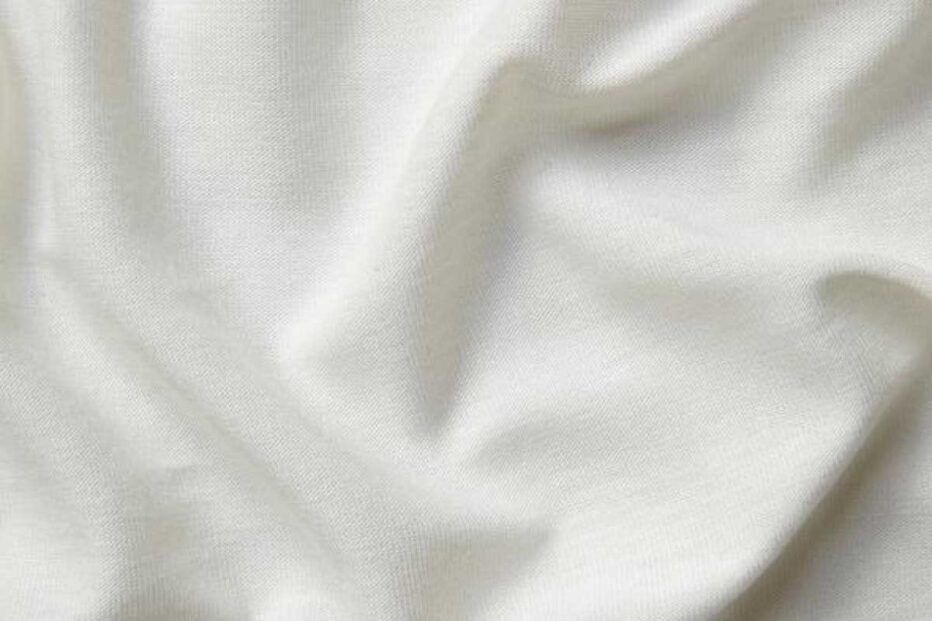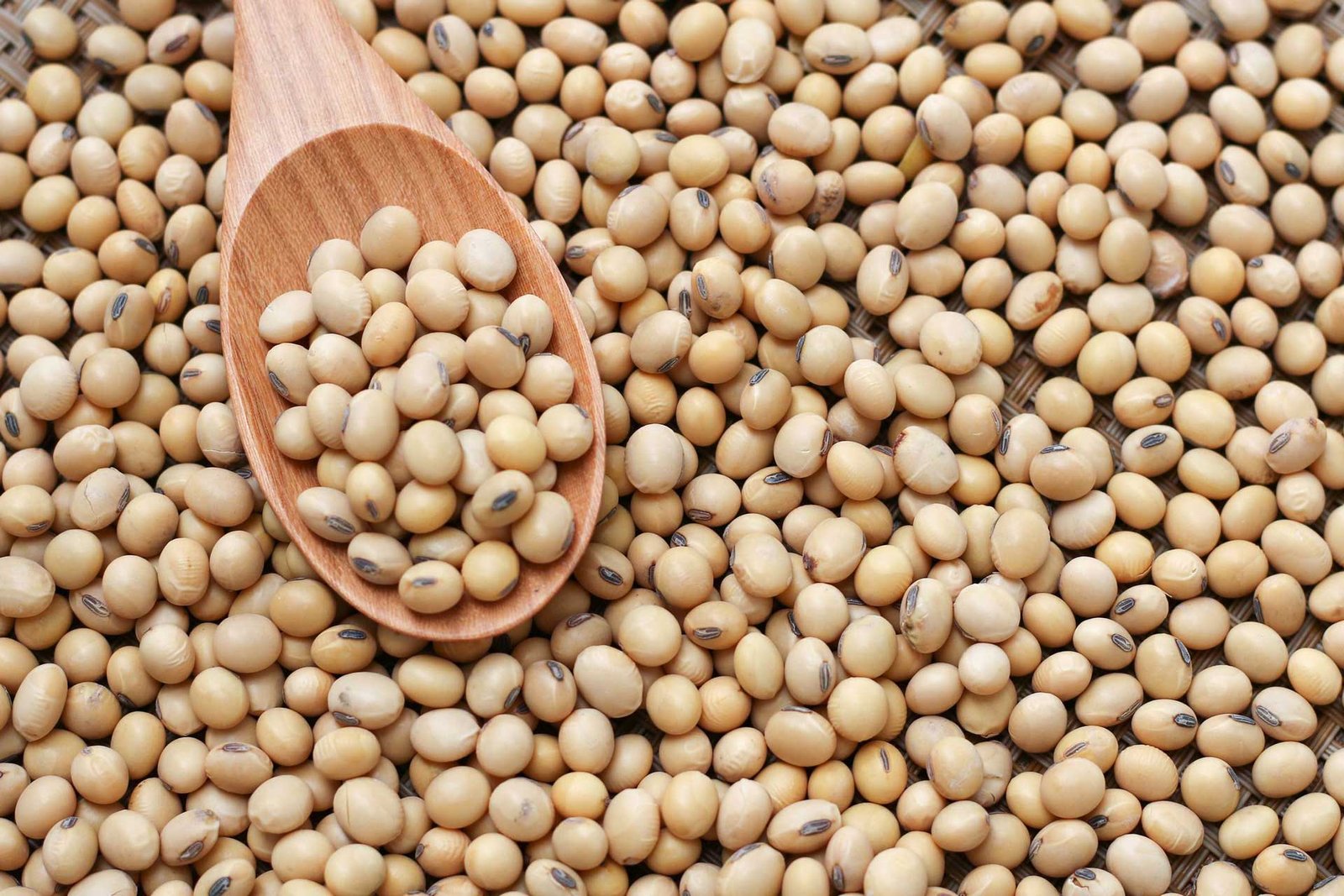
Description
A sustainable alternative to silk also known as vegetable cashmere or “silkfor vegans”.
Soybean protein fiber (SPF) is also known as soy silk and vegetable cashmere. It is an environmentally friendly regenerated plant protein fiber made from soy pulp, which is the insoluble part of soybeans and also a by-product of tofu and soy milk production. It is usually golden in color and has a soft and smooth texture with a natural sheen. The fiber is usually blended with other fibers to increase drape and strength.
Background
Story
The manufacture of soybean fiber dates back to 1931, when Henry Ford hired chemists Robert Boyer and Frank Calvert to produce artificial silk. They succeed, and it was presented as Azlon, Henry Ford promoted the fiber by wearing a soy-fabric suit and necktie, as well as equipping Ford vehicles with soybean upholstery. Although it never reached the commercial market, being overtaken by nylon during World War I l , it did made a comeback in 1998.
Manufacturing
Soy fabric is derived from protein found in the hulls of soybeans. The processes used to produce soy fabric fibers vary significantly from manufacturer to manufacturer, and the best processes significantly limit or reuse the chemicals necessary to render soy protein into a usable textile fiber. Here’s a summation of the steps textile manufacturers take to produce soy fabric:

Expertises
Characteristic
- Smooth and soft
- Delicate, not as strong as other natural fibers
- Strength decreses when wet
- Retains warmth
- Stretchable
- Absorbs and releases moisture very quickly
- Antibacterial
- Takes dye well and is colorfast
- Shrink resistant
- Wrinkle resistant
- Biodegradable
Soy fabric today
Despite its impressive ecological sustainability and other desirable attributes, soy fabric has failed to achieve any significant degree of popularity. Within niche fabric production circles, however, soy protein fiber remains a textile fiber of choice, and many consumers will go considerably out of their way to purchase apparel and other items composed of soy fabric.
To this day, soy fabric remains the only textile composed of pure plant protein, and it’s also the only textile produced using food industry byproducts. Over time, it’s likely that a greater number of consumers will become aware of the unique benefits and attributes of soy fabric, driving this textile’s popularity higher.
How is soy fabric used?
Soy fabric is usually reserved for apparel and accessories. Due to its natural elasticity, for instance, manufacturers commonly use this fabric to make tight-fitting women’s clothes like tank tops, dresses, and skirts. The high breathability of this fabric also makes it reasonably popular for athletic wear, but the low durability of soy fabric limits this textile’s popularity within this category.
Due to its impressive softness, soy fabric is a reasonably popular fabric for infant clothing and T-shirts for people of all ages. This luxurious softness also makes soy fabric desirable for bedding and even upholstery. When combined with wool, soy fabric is even useful as a material for men’s suits.
Where is soy fabric produced?
China is the predominant manufacturer of soy fabric simply because manufacturers in this country are more likely to adopt experimental textile trends. However, China is nowhere near the world’s biggest producer of soybeans with Brazil and the USA growing considerably higher volumes of this crop every year. Much of the raw material used in Chinese soy fabric production is, therefore, likely imported.
Social
12k followers
30k likes
Youtube
22k subscribers
8k followers
Have a project in mind?
If you have a great idea, reach out to me. Whether it is a small or big project, I will listen first and get back to you with a plan.

